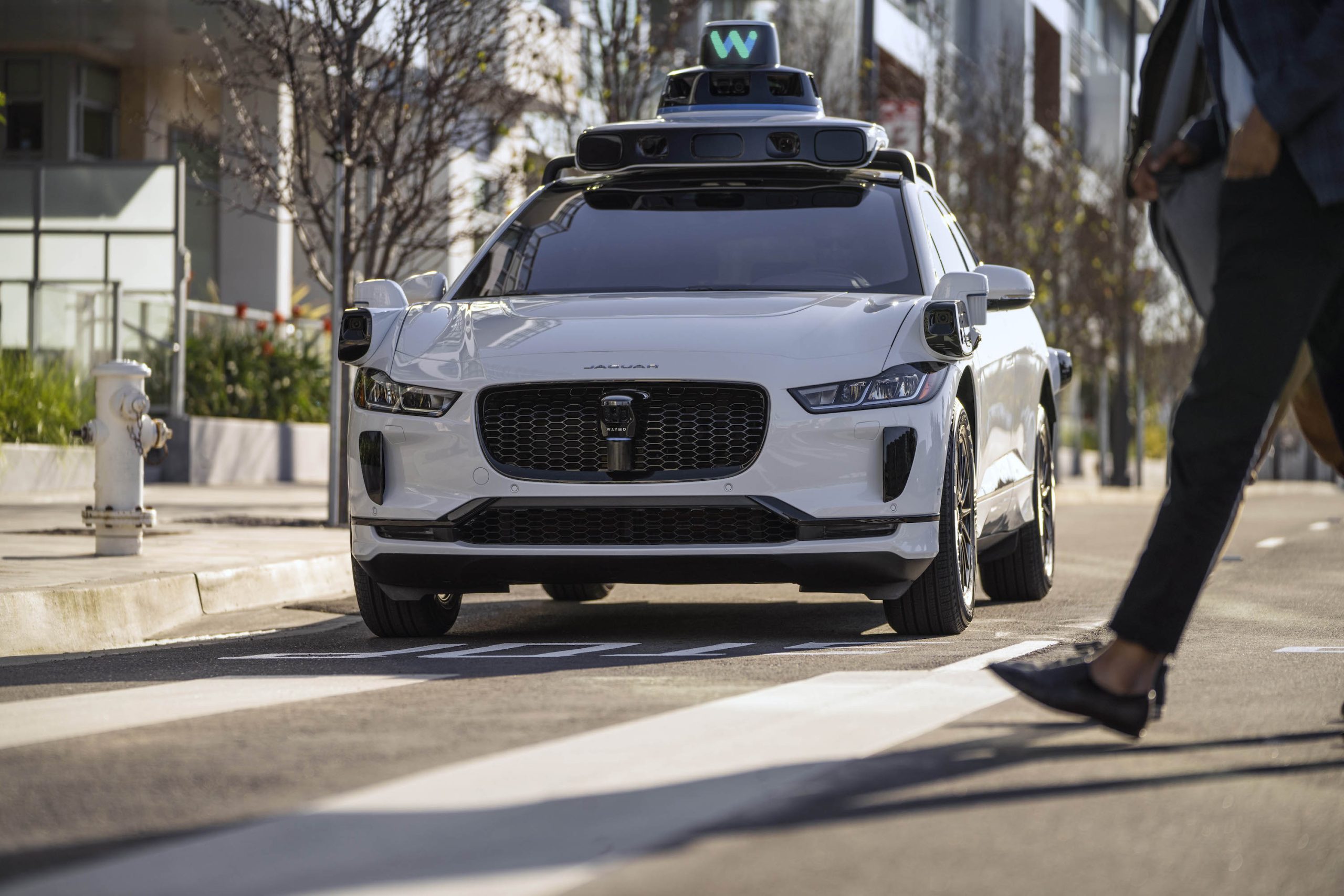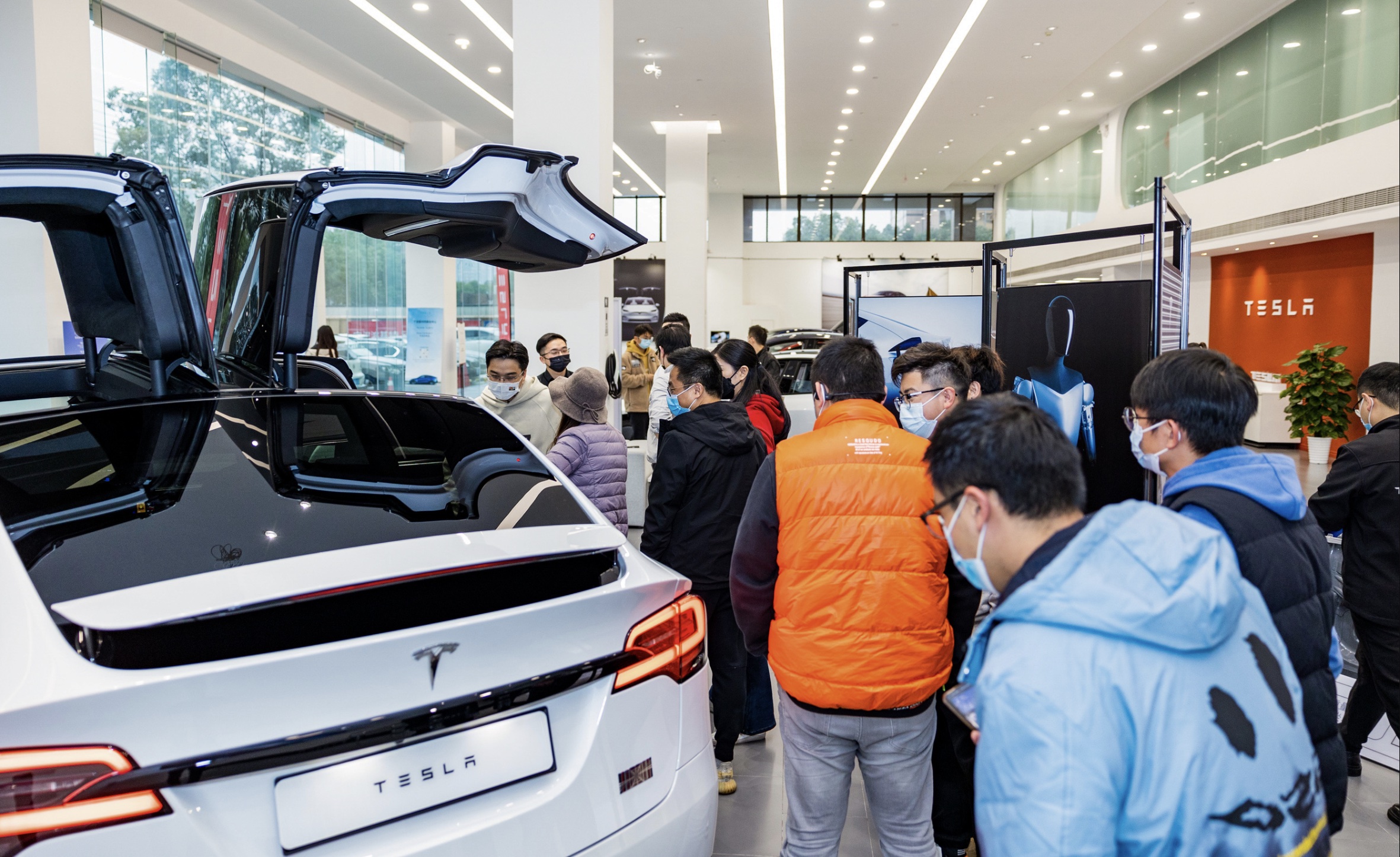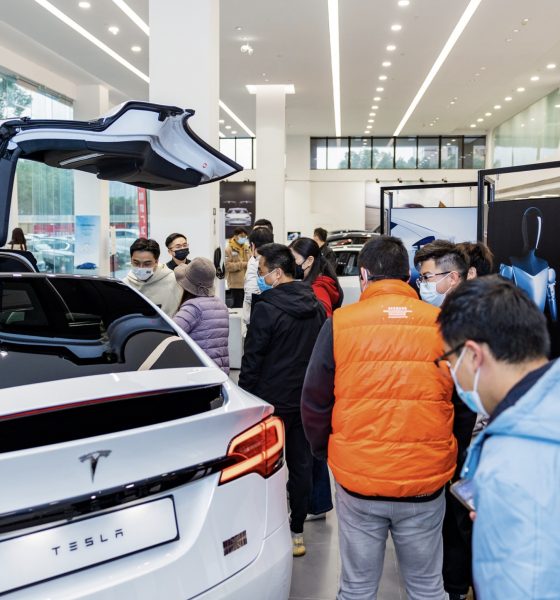Deloitte, a leading professional services network, has published polling and analysis on the hurdles ahead of EV adoption globally.
Deloitte condensed its findings well in one of the first sentences of its analysis, “interest in electric vehicles grows, but worries about price, range, and charging time remain.” This survey is part of a series that Deloitte has conducted annually for over a decade now called the “Global Automotive Consumer Study.” In this year’s publication, the focus was on electric vehicles.
The first surprising piece of data is how much the United States lags in interest in electric vehicles. Deloitte found that only 8% of respondents were confident that EV was their next vehicle. However, this is an outlier compared to other recent surveys conducted in the U.S. Out of the nations polled by Deloitte, China led in interest in EVs, with over a quarter of respondents saying that their next vehicle would be electric.
Less surprising were the reasons respondents were interested in purchasing an EV. Despite the near-constant messaging from governments, media sites, and automakers alike, the cost of ownership was by far the most significant attractor for consumers. Significantly more swaying than concerns about the environment or concerns about personal health.
Shortly thereafter, Deloitte highlighted the top concerns of consumers if they were to buy an electric vehicle, and unsurprisingly, affordability was the number 1 concern across the board. In the U.S., other top concerns included driving range, charging time, public charging availability, and at-home charging availability. Globally, other than concerns regarding the upfront cost of the EV, charging time, driving range, and charging availability were also top concerns.
Only one country had responses that dramatically differed from the norm, China. Chinese respondents not only stated that the superior driving experience was the top attractor to EVs, but their biggest concern was safety regarding battery technology.
For those who live or have purchased an EV in the U.S., these results should be no surprise. The foremost EV seller in America, Tesla, no longer sells a vehicle below $40,000, and the vast majority of Tesla vehicles sell for much more. To make the problem even worse, traditional budget brands have not yet been able to bring down their prices to parity with gas offerings.
Ford’s F150 Lighting sells for thousands more than its gas counterpart. The first-ever Toyota EV offering, the BZ4X, is multiple times the cost of a base RAV4. And while the Chevy Bolt has become popular specifically for its affordability, it remains far more expensive than gas vehicles in its class.
The other area where EVs aren’t meeting customer expectations is in the driving range they are capable of. An astounding 19% of respondents stated that they would want a vehicle with a minimum range of 600 miles, while the plurality of respondents expected more than 300 miles of range. And while many may believe that these expectations are unfairly high compared to gas vehicles, perhaps this is also a messaging problem that automakers must solve in the coming year.
These results do come with the caveat that they varied quite considerably from market to market. Noticeably, Southeast Asian respondents needed the least amount of range, while respondents from Europe and the U.S. stated they needed the most.
On a more positive note, Deloitte was able to find areas where advancement in EV technology has finally been able to meet consumer expectations. The vast majority of respondents stated that they were willing to wait either between 10-20min or 20-40min for a complete charge, and over 40% of respondents stated they would be willing to wait a max of 20min.
While these expectations are high, they are finally within reach of many popular vehicles. Hyundai’s fastest charging vehicles will charge from 10-80% in 18min, while Teslas that plug into the newest generation Supercharger are charging to 80% in a similar timeframe.
For someone who spends their time immersed in the world of electric vehicles, such as myself, it can come across as a culture shock hearing about the concerns and motivators that are affecting the purchasing choices of the people that live around me. Still, perhaps it is an important exercise to step away from the keyboard and see what others really think. And for manufacturers, data like that collected by Deloitte can be a powerful tool showing where consumer attention is and what is affecting how they spend their money.
What do you think of the article? Do you have any comments, questions, or concerns? Shoot me an email at william@teslarati.com. You can also reach me on Twitter @WilliamWritin. If you have news tips, email us at tips@teslarati.com!

News
Waymo sues Santa Monica over order to halt overnight charging sessions
In its complaint, Waymo argued that its self-driving cars’ operations do not constitute a public nuisance, and compliance with the city’s order would cause the company irreparable harm.

Waymo has filed a lawsuit against the City of Santa Monica in Los Angeles County Superior Court, seeking to block an order that requires the company to cease overnight charging at two facilities.
In its complaint, Waymo argued that its self-driving cars’ operations do not constitute a public nuisance, and compliance with the city’s order would cause the company irreparable harm.
Nuisance claims
As noted in a report from the Los Angeles Times, Waymo’s two charging sites at Euclid Street and Broadway have operated for about a year, supporting the company’s growing fleet with round-the-clock activity. Unfortunately, this has also resulted in residents in the area reportedly being unable to sleep due to incessant beeping from self-driving taxis that are moving in and out of the charging stations around the clock.
Frustrated residents have protested against the Waymos by blocking the vehicles’ paths, placing cones, and “stacking” cars to create backups. This has also resulted in multiple calls to the police.
Last month, the city issued an order to Waymo and its charging partner, Voltera, to cease overnight operations at the charging locations, stating that the self-driving vehicles’ activities at night were a public nuisance. A December 15 meeting yielded no agreement on mitigations like software rerouting. Waymo proposed changes, but the city reportedly insisted that nothing would satisfy the irate residents.
“We are disappointed that the City has chosen an adversarial path over a collaborative one. The City’s position has been to insist that no actions taken or proposed by Waymo would satisfy the complaining neighbors and therefore must be deemed insufficient,” a Waymo spokesperson stated.
Waymo pushes back
In its legal complaint, Waymo stated that its “activities at the Broadway Facilities do not constitute a public nuisance.” The company also noted that it “faces imminent and irreparable harm to its operations, employees, and customers” from the city’s order. The suit also stated that the city was fully aware that the Voltera charging sites would be operating around the clock to support Waymo’s self-driving taxis.
The company highlighted over one million trips in Santa Monica since launch, with more than 50,000 rides starting or ending there in November alone. Waymo also criticized the city for adopting a contentious strategy against businesses.
“The City of Santa Monica’s recent actions are inconsistent with its stated goal of attracting investment. At a time when the City faces a serious fiscal crisis, officials are choosing to obstruct properly permitted investment rather than fostering a ‘ready for business’ environment,” Waymo stated.
News
Tesla FSD v14.2.2 is getting rave reviews from drivers
So far, early testers have reported buttery-smooth drives with confident performance, even at night or on twisty roads.

Tesla Full Self-Driving (Supervised) v14.2.2 is receiving positive reviews from owners, with several drivers praising the build’s lack of hesitation during lane changes and its smoother decision-making, among others.
The update, which started rolling out on Monday, also adds features like dynamic arrival pin adjustment. So far, early testers have reported buttery-smooth drives with confident performance, even at night or on twisty roads.
Owners highlight major improvements
Longtime Tesla owner and FSD user @BLKMDL3 shared a detailed 10-hour impression of FSD v14.2.2, noting that the system exhibited “zero lane change hesitation” and “extremely refined” lane choices. He praised Mad Max mode’s performance, stellar parking in locations including ticket dispensers, and impressive canyon runs even in dark conditions.
Fellow FSD user Dan Burkland reported an hour of FSD v14.2.2’s nighttime driving with “zero hesitations” and “buttery smooth” confidence reminiscent of Robotaxi rides in areas such as Austin, Texas. Veteran FSD user Whole Mars Catalog also demonstrated voice navigation via Grok, while Tesla owner Devin Olsen completed a nearly two-hour drive with FSD v14.2.2 in heavy traffic and rain with strong performance.
Closer to unsupervised
FSD has been receiving rave reviews, even from Tesla’s competitors. Xpeng CEO He Xiaopeng, for one, offered fresh praise for FSD v14.2 after visiting Silicon Valley. Following extended test drives of Tesla vehicles running the latest FSD software, He stated that the system has made major strides, reinforcing his view that Tesla’s approach to autonomy is indeed the proper path towards autonomy.
According to He, Tesla’s FSD has evolved from a smooth Level 2 advanced driver assistance system into what he described as a “near-Level 4” experience in terms of capabilities. While acknowledging that areas of improvement are still present, the Xpeng CEO stated that FSD’s current iteration significantly surpasses last year’s capabilities. He also reiterated his belief that Tesla’s strategy of using the same autonomous software and hardware architecture across private vehicles and robotaxis is the right long-term approach, as it would allow users to bypass intermediate autonomy stages and move closer to Level 4 functionality.
News
Elon Musk’s Grok AI to be used in U.S. War Department’s bespoke AI platform
The partnership aims to provide advanced capabilities to 3 million military and civilian personnel.

The U.S. Department of War announced Monday an agreement with Elon Musk’s xAI to embed the company’s frontier artificial intelligence systems, powered by the Grok family of models, into the department’s bespoke AI platform GenAI.mil.
The partnership aims to provide advanced capabilities to 3 million military and civilian personnel, with initial deployment targeted for early 2026 at Impact Level 5 (IL5) for secure handling of Controlled Unclassified Information.
xAI Integration
As noted by the War Department’s press release, GenAI.mil, its bespoke AI platform, will gain xAI for the Government’s suite of tools, which enable real-time global insights from the X platform for “decisive information advantage.” The rollout builds on xAI’s July launch of products for U.S. government customers, including federal, state, local, and national security use cases.
“Targeted for initial deployment in early 2026, this integration will allow all military and civilian personnel to use xAI’s capabilities at Impact Level 5 (IL5), enabling the secure handling of Controlled Unclassified Information (CUI) in daily workflows. Users will also gain access to real‑time global insights from the X platform, providing War Department personnel with a decisive information advantage,” the Department of War wrote in a press release.
Strategic advantages
The deal marks another step in the Department of War’s efforts to use cutting-edge AI in its operations. xAI, for its part, highlighted that its tools can support administrative tasks at the federal, state and local levels, as well as “critical mission use cases” at the front line of military operations.
“The War Department will continue scaling an AI ecosystem built for speed, security, and decision superiority. Newly IL5-certified capabilities will empower every aspect of the Department’s workforce, turning AI into a daily operational asset. This announcement marks another milestone in America’s AI revolution, and the War Department is driving that momentum forward,” the War Department noted.










